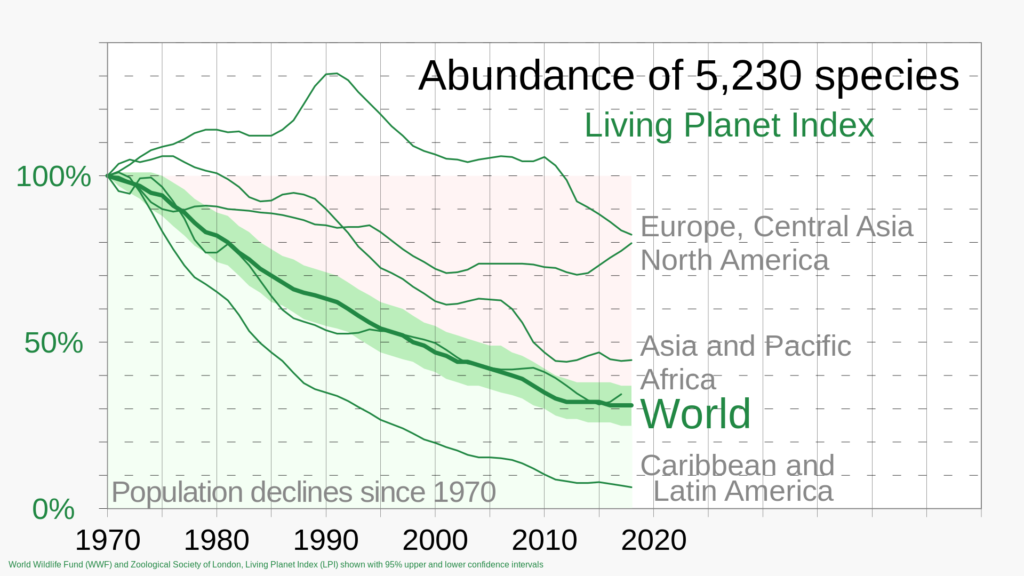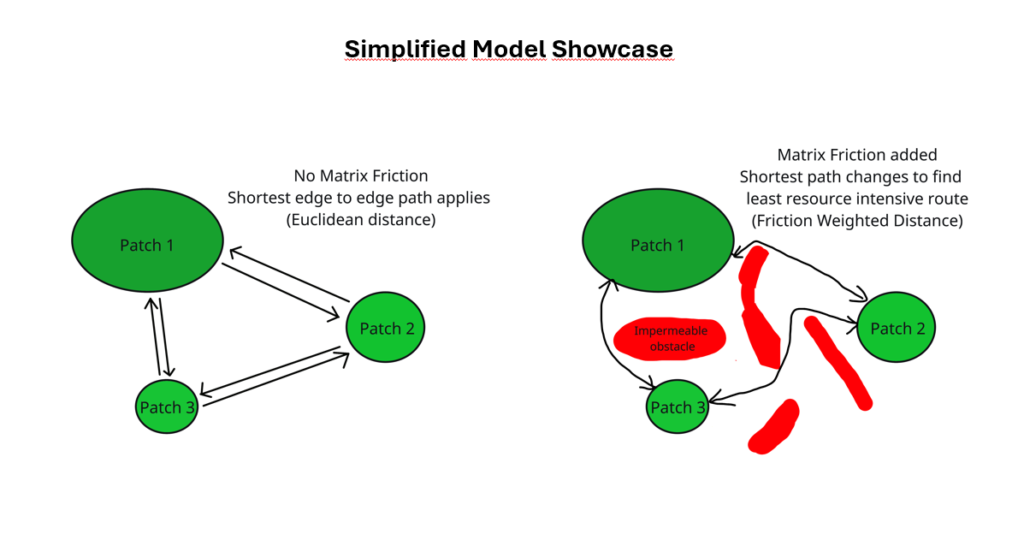Background
The global biodiversity of species and natural environments is declining at a historically accelerated rate, with human activities being one of the larger suspected causing factors. Since healthy biodiversity provides humanity with many types of ecological services, pollination for example, it is therefore important that we act with conservation in mind to protect it. However, in order to create conservation protocols to protect nature, we must seek to properly model and understand the system.

By RCraig09 – Own work, CC BY-SA 4.0, https://commons.wikimedia.org/w/index.php?curid=139112554
Aim
This study aims to see if adding additional complexity in the form of friction to the matrix (how hard it is to traverse) around habitats could offer a better explanation of the patch-occupancy patterns observed. In this case, using a butterfly species from Gotland as the focus of the study.
